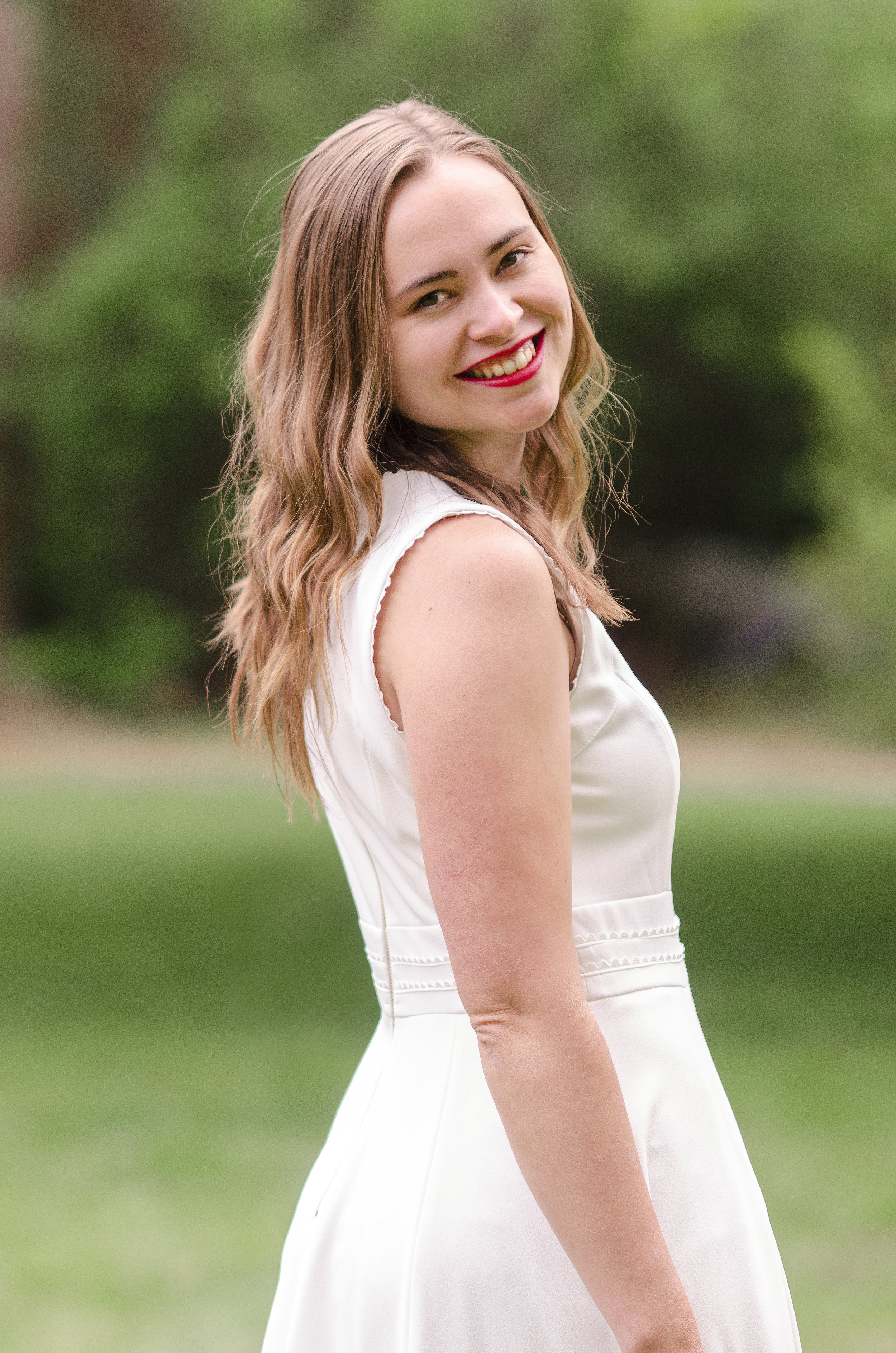to be
/A professor and philosopher named John Vervaeke has developed a framework called the “4P Metatheory of Cognition.” He uses four terms to explain four different ways we measure what we know and how we know it: Propositional knowledge, procedural knowledge, perspectival knowledge, and participatory knowledge. I have been thinking about these four terms a lot and how they relate to our faith. Read part one here, part two here, and part three here.
I’ve been sitting with the final “P” in the 4P Metatheory of Cognition for several weeks now, not quite ready to put my thoughts into words. In fact, I don’t think I’m ready now, either, but as a written and verbal processor, just sitting down and doing it is probably the only way I’ll ever get closer.
To know by participation is somehow both the most basic and the most profound form of knowledge in Vervaeke’s framework. It’s the ultimate state of childlikeness: even the tiniest newborn babies, before they know anything through proposition or procedure or perspective, know just by being. They simply are, and that is all. And they are so completely that it’s several months, at least, before they have any idea that they’re actually a separate being from their mother.
This knowledge is unclouded by fluctuations of feeling, nuances of experience, differences in technique, or debates over terminology. It’s entirely pure and innocent, defined by the Known instead of the knower. The perfect embodiment of a branch abiding in the Vine, without which it has no life, no fruit, no identity, no meaning, no anything.
In a world we struggle to describe without terms of emotion, action, or fact, it’s incredibly hard to describe what it means to just . . . be. Particularly to be as a form of knowing, which we tend to think of as more of an action or activity than a state of existence.
And yet participatory knowledge isn’t passive or idle. It’s “experiential and co-creative,” leading to growth and engagement and relationship in a way that can’t be helped. Something like tending a garden in Eden must have been: Perfect conditions, perfect soil, pure sunlight, ideal moisture, flawless weather, no weeds or pests. Flourishing wouldn’t be a matter of strain and effort for seeds and plants there—no, in those conditions, they couldn’t do anything but flourish.
Sadly, our approach is often to drill propositions and force procedures, eking meager fruit from exhausted and resentful plants, instead of feeding the seeds first on a pure and cloudless relationship with the Lord, using perspective as a bridge back to that childlike state when needed, and allowing the desire for greater wisdom and understanding to grow naturally.
What does this mean for how we walk with Jesus, how we understand the Gospel, how we operate in the church?
I wonder if it means letting go of some of our extremely individualistic approach to faith and embracing the fact that we are interdependent on one another and on the core Vine for our life and fruitbearing. The health of one of us affects the state of all of us.
I wonder if it means changing the focus of our church gatherings, away from lengthy propositional sermons and toward the communion table where we meet together with Jesus and wash in the water of the Word.
I wonder if it means releasing our grip on being “right” about every little theological debate and opening our hands and hearts to the big-picture vision of the Triune God to reopen the gates of Eden and spread His upside-down kingdom over the face of the earth.





